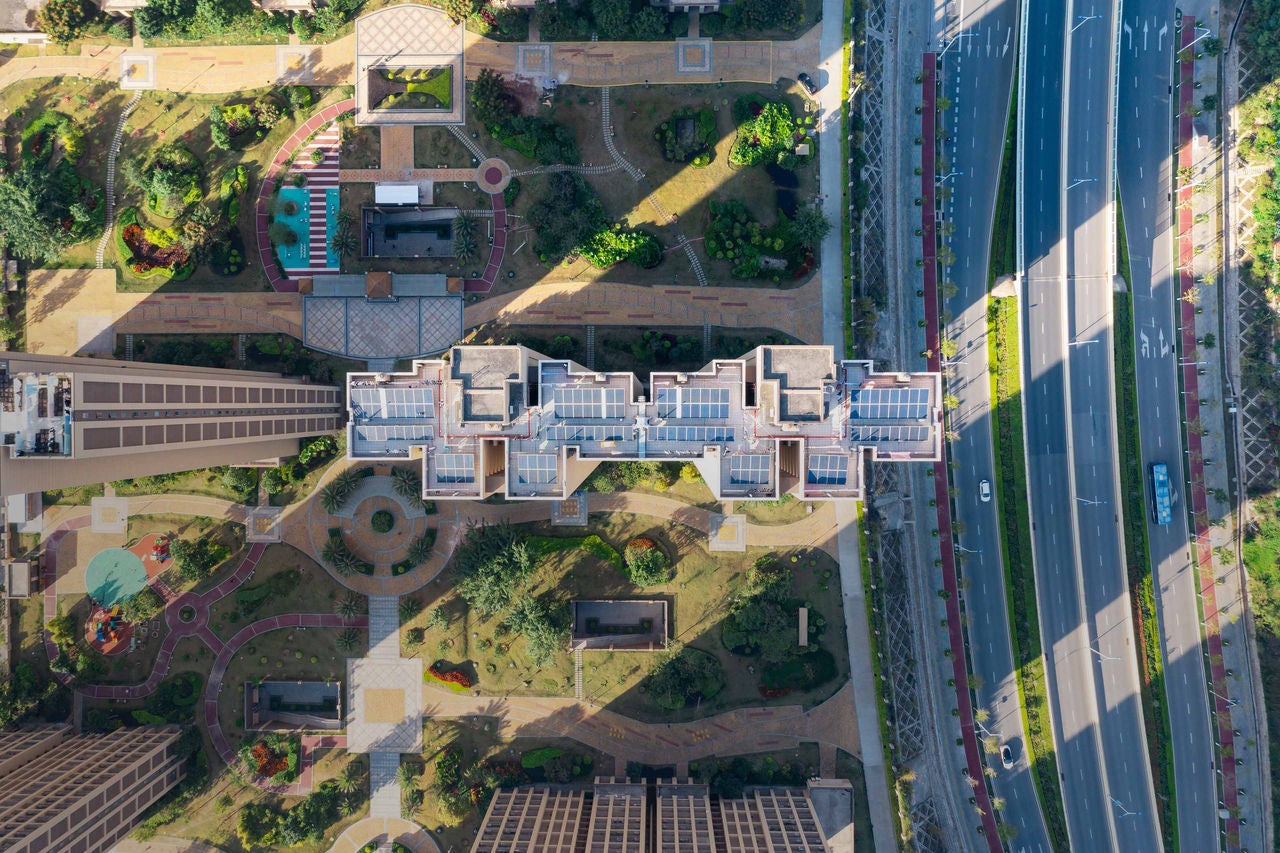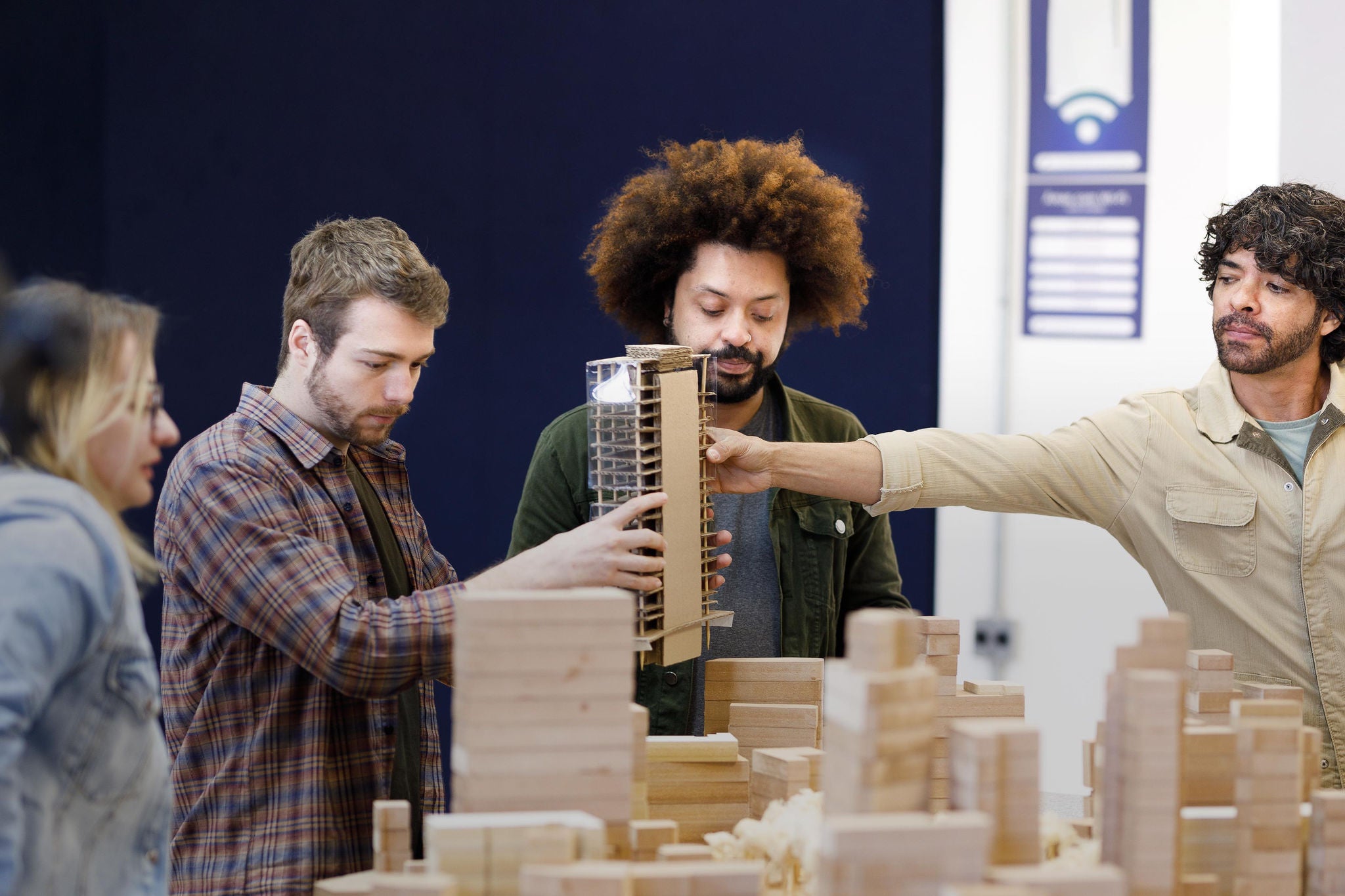EY refers to the global organization, and may refer to one or more, of the member firms of Ernst & Young Global Limited, each of which is a separate legal entity. Ernst & Young Global Limited, a UK company limited by guarantee, does not provide services to clients.
Related content
Our research revealed that leaders are treating the issues they face as a springboard for reinventing their cities in innovative and just ways. In this article, we’ve identified three key actions they’re taking and three prerequisites for their success.
The actions are:
- Creating livable neighborhoods that are also economically inclusive
- Expanding urban transport
- Adapting to climate shocks today while building resilience for tomorrow
The prerequisites are:
- Establishing trust through effective leadership
- Engaging citizens at the right time, in the right ways
- Creating the right mindset and ecosystems
Finally, we’ve suggested three questions city leaders can ask to make sure they realize the benefits of becoming more resilient and sustainable.








